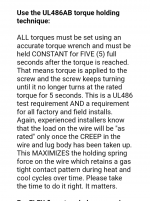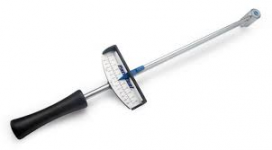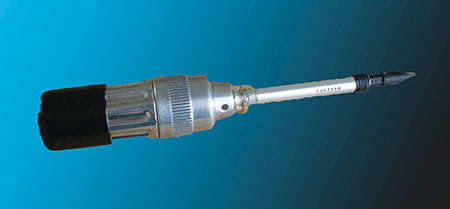RichB
Senior Member
- Location
- Tacoma, Wa
- Occupation
- Electrician/Electrical Inspector
I am sure this has been covered but can't find it,, so,,
When torquing lugs do you go till the wrench clicks then wiggle the conductor and re-torque or stop at the first click.
I was taught and have done the torque wiggle torque, but something is scratching at the back of my head saying that is incorrect.
When torquing lugs do you go till the wrench clicks then wiggle the conductor and re-torque or stop at the first click.
I was taught and have done the torque wiggle torque, but something is scratching at the back of my head saying that is incorrect.




